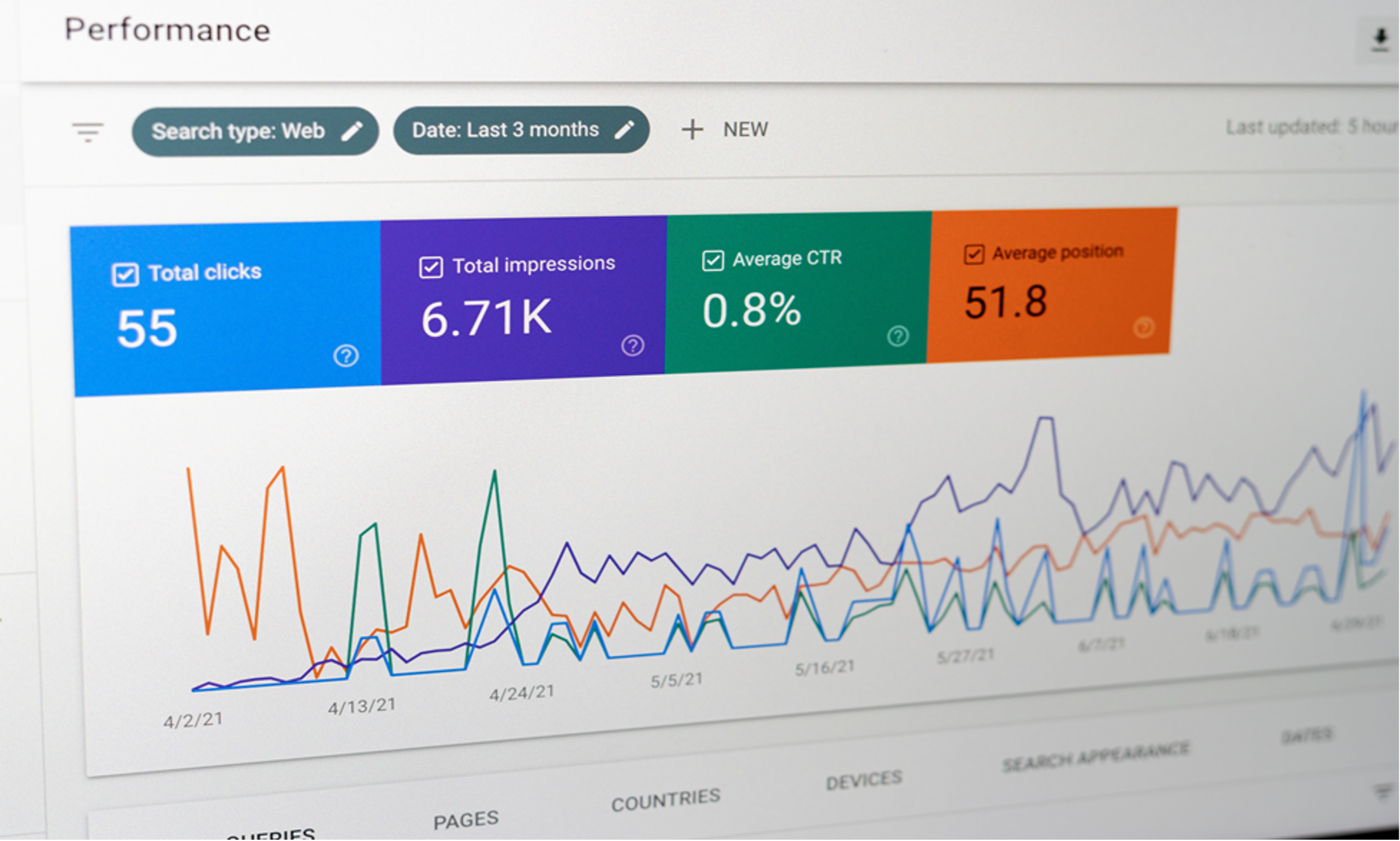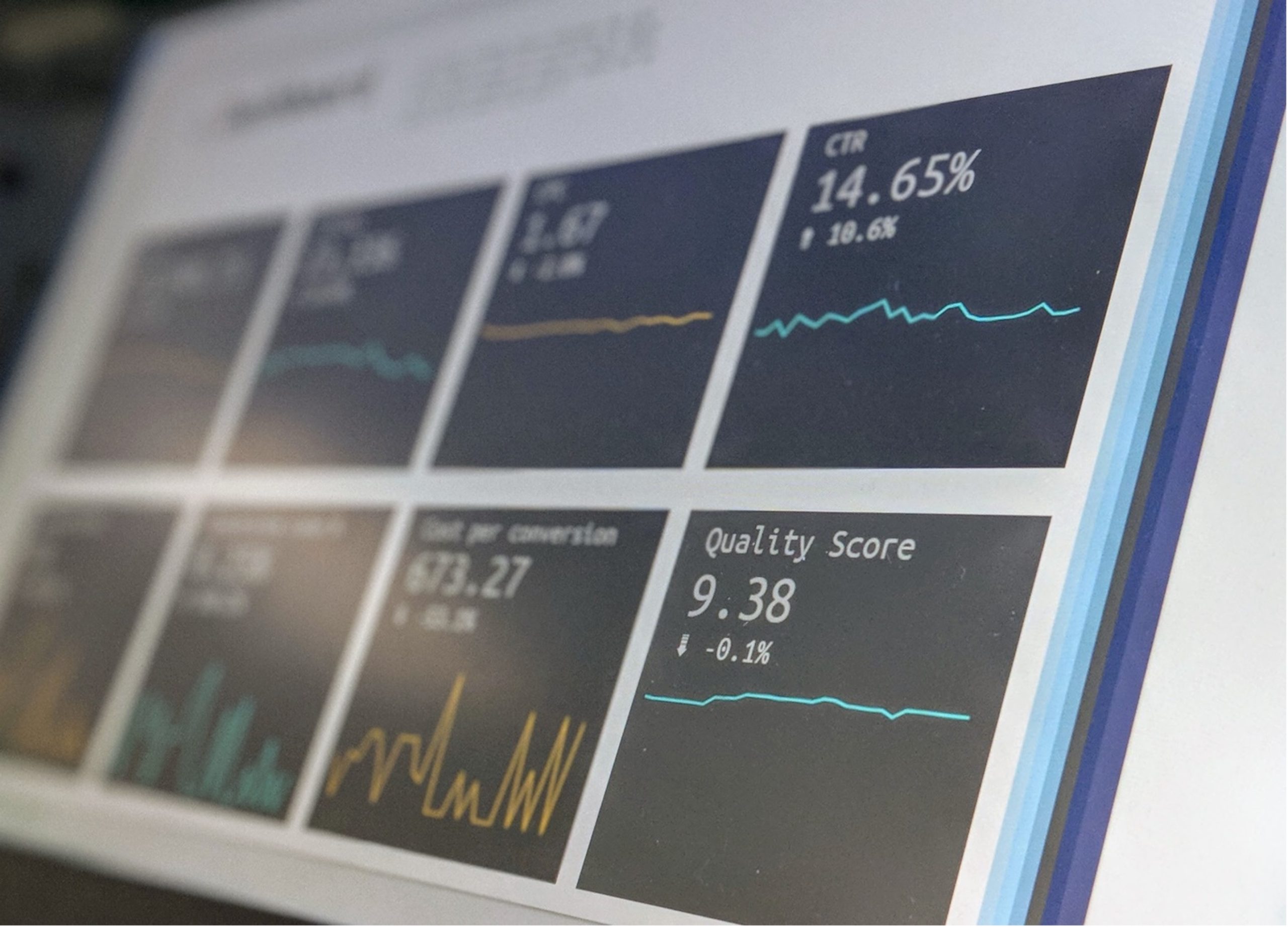
Search engine marketing strategies: maximizing your online visibility
Search engine marketing, also known as SEM or paid search, is a paid digital marketing strategy used by advertisers to increase the visibility of your website or product to audiences through SERPs (Search Engine Results Pages). When a user types in a certain keyword or search term, SEM enables your brand to appear as a result for that search query. Advertisers pay for impressions, which can help bring visitors to your website, landing page, social media channels, or products. Simply put, marketers are paying or bidding for the top space in SERPs on a certain keyword.
Before we get into tips and strategies about SEM, let’s discuss how it got started. After the invention of the internet, search engines created an opportunity for advertisers to leverage SERPs in marketing strategies. The company OpenText Corporation created the first pay-per-click (PPC) ads, which created the first form of SEM.

However, the marketing strategy didn’t get its official name until 2001.That’s when technologist and journalist Danny Sullivan created the term in an article he wrote for his search engine marketing publication.
The creation of this term helped recognize SEM as its own marketing field. As more devices enabled consumers to browse the internet, post on social media, and discover new products, search engines helped guide audiences to content and websites. Over time, SEM gained popularity among advertisers. Now, it’s a multibillion-dollar industry.
In this article, you’ll uncover the best practices for improving your online visibility through search engine marketing.
Why is SEM important?
SEM is important to your business because it is a direct way to improve a website’s visibility using paid search marketing, contextual advertising, and search engine rankings. In a nutshell, SEM is the management of your website’s presence in search engines through the combined marketing strategies of both SEO and PPC (pay-per-click) together. SEM can actually help improve revenue and sales through search engine optimization and paid search marketing.
What then is the difference between SEM and SEO?
You’ve probably heard of search engine optimization (SEO). It’s an important marketing strategy that can help brands attract consumer attention, drive website traffic, and grow your business. But it’s important to know the difference between SEM and SEO.
The key difference between SEO and SEM is that SEM uses paid strategies to appear in SERPs, whereas SEO uses organic strategies to appear in search. SEM uses paid tactics to rank highly on SERPs and increase search visibility to help drive traffic to a website or specific webpages. An example of these tactics would be setting up and optimizing ads as well as setting a budget that pays for the placement of ads.
Let’s have a look at some of the search engine marketing strategies that can help maximize your online visibility.
1. Implementing effective keyword research
Finding and evaluating the actual combination of words that people enter in any search engine to discover their preferred content is known as keyword research. Keyword research gives marketers an insight into the actual search terms and helps them create content with the natural flow of keywords. As keyword research is a never-ending process, marketers need to regularly update themselves with the latest and most trending keywords in their niche.
When backed with proper research and implementation, keywords not only improve the search engine rankings but also drive more traffic and conversions. With the help of keyword research, you can create content which addresses the specific needs of the customers. It is also helpful in understanding the audience and creating content which meets the needs of the audience as well as the business goals.
How do I as a business owner implement effective keyword research?
- Know your audience
Before you start selecting the keywords for your website, you must understand the audience for whom you are creating and optimizing the content. This might be the most important step to help improve your content marketing. To narrow down your keyword research, you can start by learning about the topics that are important from the customer’s point of view. Your audience will only visit your website when they find some relevant information based on their interests.
Once you know your audience, you can simultaneously research the terms that they might be searching for. Additionally, you will also have to determine which keywords will bring more value to your website. Here, your main motive should be to address the search queries of your audience, improve visibility, drive traffic and increase conversions. - Business-related keywords
When you are starting a new website the most important step is that you should begin with the information you have in hand. As a business or website owner, you will be very well aware of the things which you have to offer your customers. So, make a list of all your products and services. You can start by creating a list of popular or common knowledge terms which revolve around your business. Once your basic list of core terms is ready, you can use different keyword research tools which will modify your core terms and generate various combinations of keyword suggestions. - Explore different areas
To broaden your keyword research, you can also check out the locally and globally used keywords in your niche. For example, small businesses can get higher rankings on search engines when they focus on localised keywords. A small business can target local buyers using local keywords based on store location and bring in nearby consumers. On the other hand, large businesses can use a combination of local and global keywords depending on the different locations of their customers. - Use keyword research tools
Several free and paid keyword research tools are available online that help marketers in identifying popular key phrases and keywords. Some of the widely used keyword research tools include Google Trends, Google Keyword Planner, Google Search Console, etc. These tools will make it easier for you to discover trending topics and queries in your niche.
From finding how often a keyword is used to understanding the demographics of the audience, their monthly searches, search volume trends and competition for a particular keyword, these tools will also help you understand the analytics of different keywords. Furthermore, you can also analyses your existing content and find out which keywords in different search queries are driving traffic towards your website.
2. Optimizing landing pages for search engines
SEO, short for Search Engine Optimization, is a process to make your website and landing pages more visible (rank higher) in the organic results of search engines.

Landing page optimization (LPO) is the process of improving elements on a website to increase conversions. Landing page optimization is a subset of conversion rate optimization (CRO), and involves using methods such as A/B testing to improve the conversion goals of a given landing page.
Why landing page optimization matters for your online business
Landing pages are a key component of online marketing campaigns. A landing page is a specially designed to generate sales or capture leads. Landing pages are often the main destination of paid online marketing campaigns, and a lot of money and resources are spent driving traffic to these pages.
Since landing pages are focused on conversions, improving their performance can lead to significant improvements in business results. That’s where LPO comes in. Optimizing a landing page ensures that you achieve the highest possible conversion rate from the visitors who arrive at that landing page. Landing page optimization can help you lower your customer acquisition costs, acquire more customers and maximize the value of your ad spend.
When building your landing page, consider the following tips and best practices as an SEO-friendly landing page:
- Publish to a custom URL
When you create a page using a content management system, you’ll have the option to publish to a subdomain of the service provider. For example, when you build a page in Instapage, you have the option to publish it to your custom domain (www.yoursite.com/yourlandingpage), or keep the “.pagedemo.com” on the end of your URL and let us host it for you temporarily (yourbrand.pagedemo.com).
At first, the simplicity of letting us handle your hosting might be tempting. But it’s not a good idea for SEO purposes because search engines want to see your domain in the URL, not a generic “pagedemo.”
Not only do you risk confusing your prospects by muddling your brand consistency, but you miss out on any valuable search engine authority your website has built up since it’s been online. By publishing your landing page to your own domain, you get the added advantage of a small rankings boost when people search for your page’s keywords. - Determine your keywords
It’s the part where you pick the words that you want search engines to rank your page. Keyword research can be a very long and drawn out process. But as with anything, the more research you do, the better prepared you’ll be.
The abridged version looks something like this:
Make a list of the terms that are relevant to your page, and try to figure out what combinations of those terms (called long-tail keywords) someone might type into Google with the intent of finding what you have to offer.
For example, let’s say I’m a lawyer based in New York City who’s creating a landing page targeted to clients who are car accident victims. Instead of trying to rank for broad terms like “lawyer” or “car accident lawyer,” I’m going to try for “car accident lawyer in New York City.” Or something, even more, precise than that, like “car accident lawyer in Brooklyn.”
Long-tail keywords are easier to rank for than their shorter counterparts, and often produce a higher ROI. - Don’t worry about the length of your page
Traditionally, we’ve heard that search engines favor long content over short. And that completely contradicts what we’ve all been taught about creating great landing pages. For the most part, landing pages are supposed to be brief and concise. So how does this work when it comes to creating landing pages for SEO? Is there some middle ground we can reach?
Not so fast. While data has shown that long content ranks highly in search engines, according to Neil Patel, the relationship is more about correlation than causation. Here’s what we mean: There’s no conclusive evidence that only increasing word count will boost your SERP position. The fact that not all long-form content ranks well is proof of that. - Secure backlinks to your page
Getting people to link to your page is still the number one way to boost search engine rankings organically.
How to achieve this:
– First: Create original content. Take results, data, case studies from others if you want, but don’t directly copy (even better if you’ve conducted your own case study). The more original, well-researched, and valuable your content is, the better it will be received.
– Second: Identify influencers in your industry. Use a combination of referrals from friends, email sleuthing, and social media research to find the contact information of people who would find your content relevant.
– Third: Reach out to those influencers using the meticulous technique that Fractl Agency did to get backlinks from Upworthy, TIME, and Wired. - Make your content shareable
Social indicators like Retweets, Facebook shares, and “+1’s” were once thought to directly affect a page’s SEO. But in the last several years, Google has come out and specifically said that its algorithm doesn’t.
This led to some studies that showed a correlation between social signals and search rank. All of these proved nothing, like the relationship between long content and higher SERP position.
However, just because Google says social indicators don’t directly influence SEO doesn’t mean you should ignore social media. In fact, just the opposite. As was the case with content length, the reason that many high-ranking pages had so many social indicators is because they contained high-quality information. As a result, people wanted to share them on Facebook, Twitter, Google+ and LinkedIn. - Speed up your page
Page speed is one of the few SEO ranking factors Google has come out and confirmed. Plug your page into Google PageSpeed Insights to tell whether it’s up to par.
If it’s not, try speeding up your page load time by:- Using smaller image files that don’t compromise quality
- Switching to a faster web host
- Shutting off all plugins or extensions your page isn’t using
3. Running targeted PPC campaigns
Pay-Per-Click (PPC) ad campaigns are a form of online advertising where you run ads and only pay for them when a user clicks on your ad. PPC campaigns are some of the most common forms of online ad campaigns – common examples are Google Ads and Facebook Ads.
PPC advertising is a cost-effective digital marketing tactic because you only pay for engagement not just exposure.
Therefore, PPC ads are one of the most popular forms of online advertising because they have a low barrier to entry and are relatively easy to use.
You can create a campaign and run adverts that are shown to people searching for certain keywords. When someone types in specific keywords or phrases to the search engine, the search engine result page (SERP) will display the PPC ads you create to direct visitors to your site, and the fee you pay is based on whether people click your ad.
How to Launch A PPC Campaign?
Here are the fundamental steps that you should take to create a PPC campaign. Some are easier than others, but all are essential if you want to get the most out of Google Ads.

- Set Your Objectives
Without an end goal, your plan has no direction. Start off by clarifying what it is you want to achieve with this advertising campaign. Do you want more site visitors? More email subscribers? More customers? Define your business objectives before going any further. - Determine the Budget
Paying for every click can quickly add up, so you need to be prepared. Unless you have the luxury of a massive budget, you must always seek to optimize your campaign to avoid wasted spend. Consider your industry, your competitors, and the keywords when setting your budget. - Define Your Target Audience
Who are you selling to? Do you understand their needs and pain points? With multiple campaigns, you can target various audience segments. For example, you could advertise male and female products separately.
However, both will fail spectacularly if you don’t know your market. Start off by creating detailed buyer personas, which help guide your marketing efforts. By digging deep in social media platforms, niche groups, and forums, you can discover more about the people you want to serve, and then refine these personas to gain a clearer perspective of your target audience. - Identify Valuable Keywords
For your campaign to succeed, you need to pick relevant keywords that relate to your business, and also to the needs of your target audience. Imagine you are one of them what search terms are they using to find the solutions you offer? - Narrow the Field with Negative Keywords
Instead of wasting money on irrelevant clicks, stay vigilant by adding negative keywords to your campaign. This will filter out any unqualified leads who use similar, yet unrelated search terms, so that your ad is only displayed to people who may actually buy from you. - Identify Competitive Advertising
While some companies mention other brands by name, others choose to remain vague so they don’t inadvertently promote their rivals. When you have a good understanding of your audience, you can compare your brand favorably to the competition, making your ads more attractive to prospective leads. - Track Conversions
Whether you are a one-man band with a meager budget or a huge company with deep pockets, you shouldn’t ignore conversion tracking. By installing it on your site, you can determine if your ads are translating into true measures of success in the form of leads, subscribers, and sales.
Performing regular analysis here will help you find the most effective keywords and ads, which help you cut your losses and invest in the areas that are generating results. - Learn From Competitors
No company operates in a vacuum. Rather than ignoring your competition, try to learn from them. With an in-depth competitor analysis, you can glean insights that help you improve your own strategies and methods.
Once you have a better understanding of their ads, landing pages, keywords, offers etc., you will find ways to streamline your conversion funnel.
4. Monitoring and adjusting ad bids
Monitoring and adjusting your bids is a critical part of optimizing your advertising campaigns. By keeping a close eye on your ad’s position and cost-per-click, you can identify areas for improvement and make adjustments to improve your results. Whether you choose to make bid adjustments manually or use an automated bid strategy, the key is to be patient and monitor the impact of each change you make. With a little bit of effort and attention to detail, you can improve your ad’s performance and get better results for your advertising budget.

How to go about this:
- Use Target CPA or Target ROAS
If you’re looking for a more automated approach to bid adjustments, consider using a bid strategy like Target CPA (cost-per-acquisition) or Target ROAS (return on ad spend). These strategies use machine learning to automatically adjust your bids based on your desired cost-per-acquisition or return on ad spend. By using these bid strategies, you can take the guesswork out of bid adjustments and let the platform do the heavy lifting. - Monitor Your Bids
If you’re running ads on a platform like Google Ads, you have the ability to monitor your bids in real-time. It’s crucial to keep an eye on your ad’s position and cost-per-click to ensure you’re getting the best possible results for your budget. By monitoring your bids, you can identify areas where your ads may be underperforming, and make adjustments to improve your results. - Adjust Your Bids
Once you’ve identified areas where your ads may be underperforming, it’s time to make adjustments to your bids. There are several different bid strategies you can use, depending on your goals and budget. For example, if you’re looking to increase your ad’s position, you may want to increase your bids slightly. On the other hand, if you’re looking to reduce your cost-per-click, you may want to lower your bids. It’s essential to make small adjustments and monitor their impact before making any significant changes to your bid strategy.
In conclusion,
In today’s digital age, having a strong online presence is essential for success, and search engine marketing can give your business the competitive edge it needs to thrive.
SEM strategies can help significantly improve a business’s online visibility, reach their target audience and achieve their goals and long-term success. So start putting these powerful SEM strategies into action today, and get ready to take your business to new heights!










